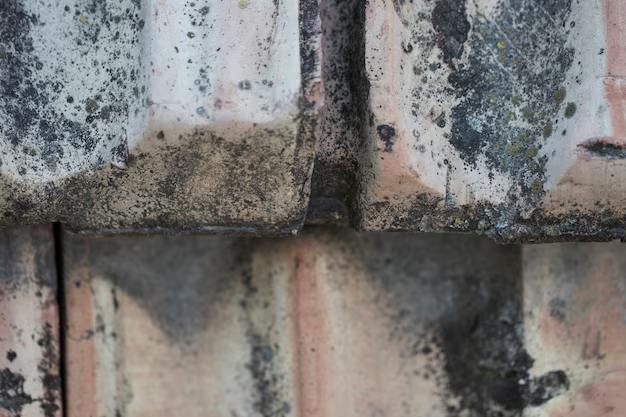Could a Roof Leak Be the Source of Mold in Your Home?
Picture this scenario: you’re enjoying a quiet evening at home, and you suddenly notice an insidious drip from above—rainwater seeping through your ceiling. Not only is this an immediate inconvenience, but left unaddressed, it could spell disaster in the form of mold. So, will a leak in the roof cause mold? The short answer is: yes.
How Roof Leaks Lead to Mold Growth
Mold needs three essential things to thrive: moisture, warmth, and organic matter. A roof leak creates the perfect environment by fulfilling these conditions. As water enters your living space, it seeps into materials like wood, drywall, and insulation, where it can remain damp for an extended period. Given time, these materials turn into a breeding ground for mold spores.
Key Indicators of Mold:
- Musty odors
- Discolored walls or ceilings
- Visible mold growth
Tackling the issue early can prevent further damage and protect your health. Mold isn't just an eyesore—it can lead to respiratory problems, aggravate allergies, and significantly affect your home's indoor air quality.
Financial Aid for Roof Repairs
Understanding the health risks and home damage potential, what are your options if a roof leak has gone beyond your financial means? Fortunately, several financial assistance options are available to ease this burden.
Government and Non-Profit Programs
FEMA Assistance: In crisis situations or areas affected by disasters, the Federal Emergency Management Agency (FEMA) may offer aid for home repairs, including roof leaks.
USDA Repair Loans and Grants: Specifically designed for low-income rural residents, these programs can provide loans or grants to help fix up-roof leaks and make other necessary repairs.
Local Charities and Non-Profits: Groups like Habitat for Humanity and Rebuilding Together often assist in home repairs at little to no cost, depending on eligibility.
Consider Debt Relief or Credit Options
When a roof leak puts a strain on your finances, exploring debt relief options and credit solutions may help. Personal loans or home equity lines of credit can spread costs over manageable payments with reasonably low-interest rates. Additionally, some credit cards offer low or 0% introductory rates that can be a temporary fix.
Educational Grants for Homeowners
For younger or first-time homeowners, educational resources on preventing leaks and managing home maintenance can be invaluable. Grants for education are often available through:
- Community colleges
- Local libraries
- Online platforms
These courses can offer long-term savings by teaching proactive home care methods, ultimately reducing the frequency and severity of costly roof issues.
Why Address It Quickly?
Failing to deal with a leak can escalate costs exponentially. Besides the apparent expense of roof repairs, additional damage to your home’s interior—affecting HVAC systems, wiring, and more—may occur. Hence, addressing water intrusion quickly saves more than just money; it reduces stress and keeps your family safe.
Taking advantage of financial aid and education options can be smarter than postponing repairs. Catching issues early with a bit of help can safeguard your investment and peace of mind.
📋 Options for Financial Assistance & Resources
- 🏠 FEMA Aid: Support for weather-related damaged homes.
- 🌾 USDA Repair Loans: Loans and grants for rural low-income homeowners.
- 🤝 Charitable Help: Help from organizations like Habitat for Humanity.
- 💳 Credit Options: Use credit cards with low interest for urgent repairs.
- 🎓 Educational Grants: Fund courses that teach home maintenance strategies.
- 🏡 Local Government Assistance: Check programs specific to your area.
Addressing a roof leak is more critical than just fixing the immediate drip. It’s about ensuring a safe, healthy living environment that doesn’t eat away at your finances. Use the resources available, and you'll find yourself better equipped to handle such woes, with both knowledge and financial peace of mind.
